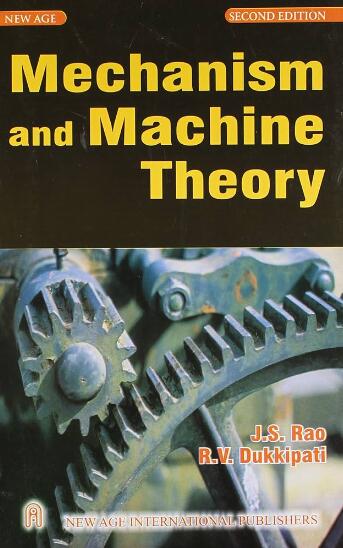Lie algebra-based high-order constraint analysis of a novel multi-loop metamorphic mechanism derived from four-bar linkage for lower limb exoskeletons
IF 4.5
1区 工程技术
Q1 ENGINEERING, MECHANICAL
引用次数: 0
Abstract
Traditional lower limb exoskeletons are typically designed for fixed postures but struggle to adapt to dynamic, multi-scenario environments. This paper investigates a novel multi-loop metamorphic mechanism for lower limb exoskeletons, enabling smooth posture transitions among walking, sitting, kneeling, and intermediate states to meet variable support requirements. First, a topological structure connecting the lower limbs and support rods is established, and a four-bar linkage-based multi-loop metamorphic mechanism is proposed, achieving configuration changes via link overlap or axis collinearity. Next, first- and second-order kinematic equations are derived using Lie group and Lie algebra exponential products. Singular configurations and motion bifurcation are analyzed through the Jacobian matrix constructed with Lie bracket operations, leading to bifurcation conditions and corresponding motion branch diagrams. Finally, the proposed metamorphic mechanism is implemented in a lower limb exoskeleton, identifying five distinct motion branches, four corresponding to walking, sitting, kneeling, and transitional postures. Joint velocity constraints enable effective branch switching, resolving challenge of increased instantaneous degrees of freedom in singular configurations.
基于李代数的下肢外骨骼四杆机构多回路变质机制高阶约束分析
传统的下肢外骨骼通常是为固定的姿势设计的,但很难适应动态的、多场景的环境。本文研究了一种新的下肢外骨骼多回路变形机制,使其能够在行走、坐姿、跪姿和中间状态之间顺利转换,以满足不同的支撑要求。首先,建立了连接下肢和支撑杆的拓扑结构,提出了基于四杆连杆的多回路变形机构,通过连杆重叠或轴共线性实现构型变化。其次,利用李群和李代数指数积导出了一阶和二阶运动学方程。通过李括号运算构造雅可比矩阵,分析奇异位形和运动分岔,得到分岔条件和相应的运动分支图。最后,提出的变形机制在下肢外骨骼中实现,确定了五个不同的运动分支,其中四个对应于行走、坐姿、跪下和过渡姿势。关节速度约束实现了有效的分支切换,解决了在奇异构型下瞬时自由度增加的挑战。
本文章由计算机程序翻译,如有差异,请以英文原文为准。
求助全文
约1分钟内获得全文
求助全文
来源期刊

Mechanism and Machine Theory
工程技术-工程:机械
CiteScore
9.90
自引率
23.10%
发文量
450
审稿时长
20 days
期刊介绍:
Mechanism and Machine Theory provides a medium of communication between engineers and scientists engaged in research and development within the fields of knowledge embraced by IFToMM, the International Federation for the Promotion of Mechanism and Machine Science, therefore affiliated with IFToMM as its official research journal.
The main topics are:
Design Theory and Methodology;
Haptics and Human-Machine-Interfaces;
Robotics, Mechatronics and Micro-Machines;
Mechanisms, Mechanical Transmissions and Machines;
Kinematics, Dynamics, and Control of Mechanical Systems;
Applications to Bioengineering and Molecular Chemistry
 求助内容:
求助内容: 应助结果提醒方式:
应助结果提醒方式:


